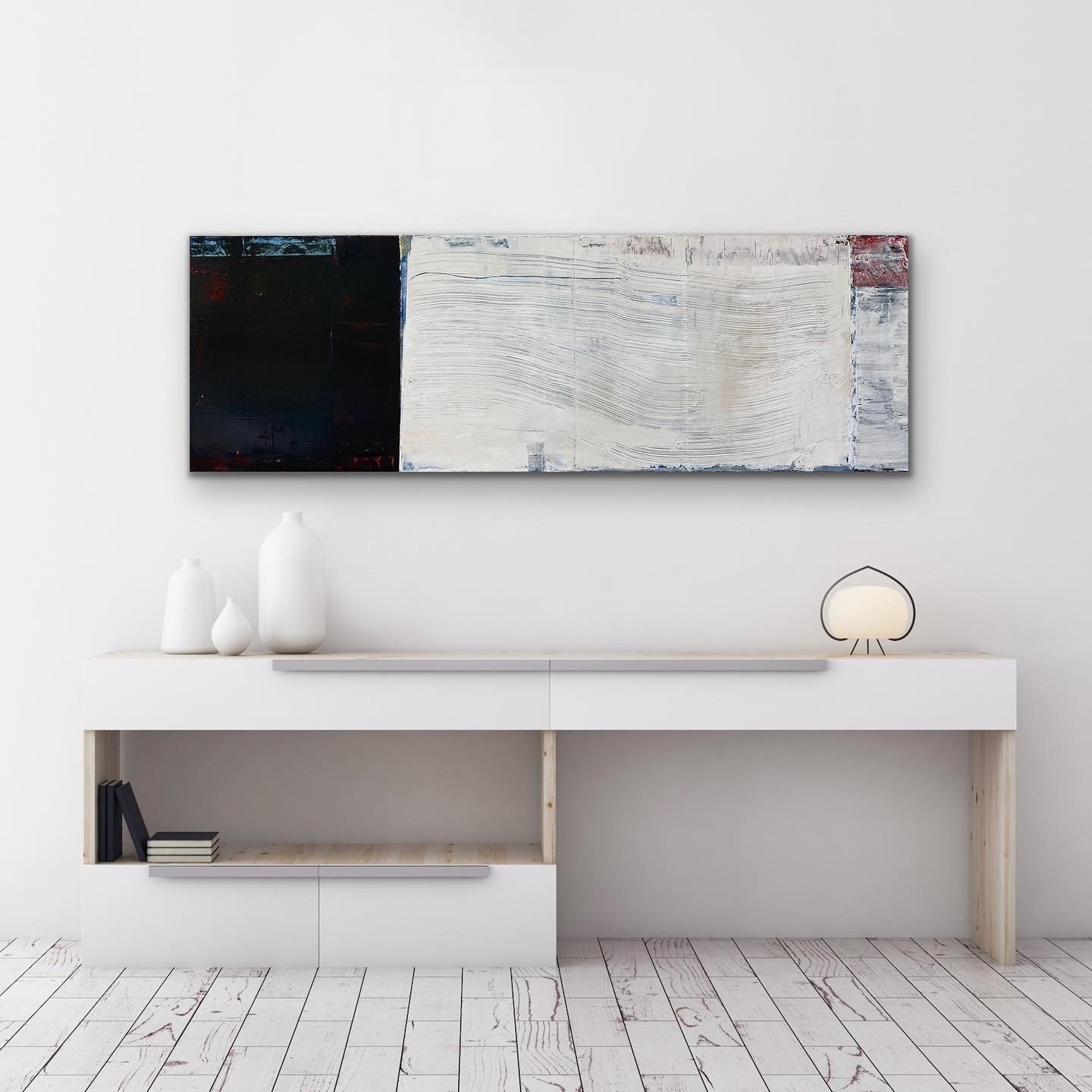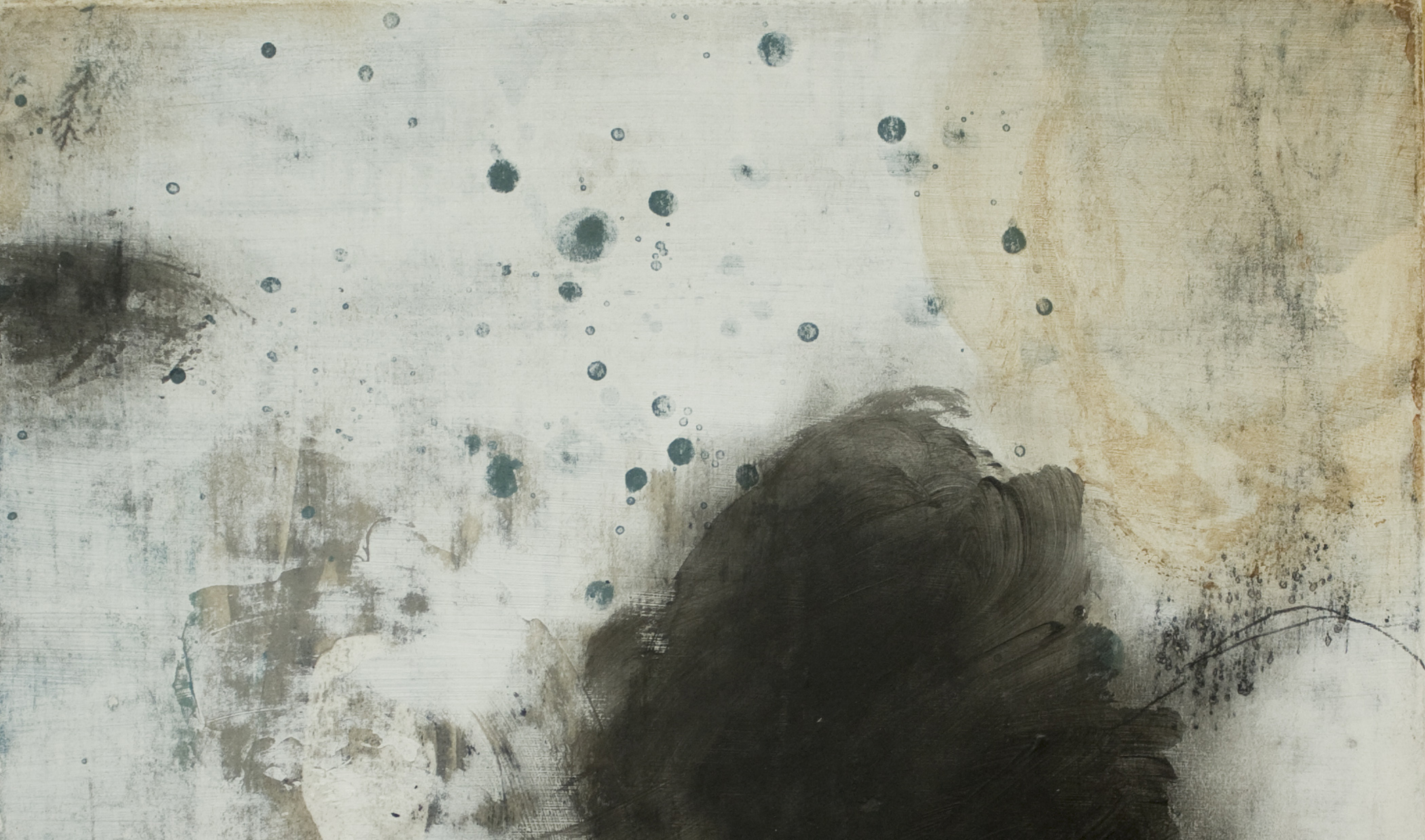ART MATTERS
/I recently moved back into our home after a lengthy renovation. One of the more difficult aspects of packing up and moving out for a period of time was having to put our treasured art collection into storage. It was equally surprising how important it felt to place the art once more after we returned to our home. It was like the house wasn’t truly alive until the art hit the walls. Until then it felt like it was undressed, incomplete, and missing its soul. Even the most beautiful of homes can be elevated by the thoughtful placement of art. The energetic shift that happened when that first piece of art was hung in our new space was palpable. It immediately just felt right. I was home again.
Because I make art I have an array of my work to select from to hang on our walls, but I also buy art. I love collecting work that awakens something in me – pieces that just feel right and that I want to have in my life for a long time. It’s the best feeling to encounter a work of art that does that, touching into a place that nothing else can. Just as music can sweep us up in an ecstasy of emotions, and written words can carry us into dreamlike worlds, art also offers us a place of wonderment – an escape from mediocrity and the confines of our predictability.
Art has the power to provoke, elicit, and bring into question the assumptions we seem to make so easily. It reminds us that we are changeable, fragile, sensory beings and that we know more than we often allow ourselves to consider. Just as the artist has to trust the process of making the work, art finds us and connects with us in this way only when we’re willing to travel with it, trust its lead, and let go into it. Artists infuse their work with life and meaning, and we get to experience it as they did while making it, but through our unique filters and position with the work. We get to have our own experience as the viewer - one that belongs solely to us.
While the artist knows the work intimately, from beginning to end, through the ugly stages to resolute beauty, the viewer sees it as a complete expression, all of it being revealed in that single moment. Even a score of music or piece of writing unfolds over time, but art confronts us – asking us to see it now, in its entirety. There may be evidence of the artist’s hand or the history of its creation, but it is its wholeness that we meet as we take it in. And that can be both overwhelming and captivating, bringing up much for us to consider. Art requires us to be present and open, both in the making and the viewing.
Ironically, that is why looking at art takes time. We need to slow down our experience of it to be able to absorb all of its intricacies and nuanced passages. More and more is revealed over time and we begin to feel as if we are coming to know it differently and more deeply as we spend time with it. Like a relationship, we acquaint ourselves with each other, and over time our feelings deepen as we understand each other more intimately.
When I am looking at the work of other artists I often feel that I am coming to know them in a uniquely personal way. I think of the connection they have had to the work, what it has meant to them, and the commitment and sacrifices they made for it to come into existence. As an artist myself I know how much goes into each piece – I know my own sacrifices given in an effort to make something meaningful. I know that as an artist I am part of something that is often only understood by those that also do this work. When I take in a piece of art, I feel all of that as well as the fulsomeness of the expression and visual phenomenon that I am experiencing.
To live with art is to further deepen that connection. Many times a work looks different to me when I am encountering it from a different emotional place. It seems to find me where I am at this time, layering new meanings into its already beautiful and complex presence. At times I can lose myself in it, eyes moving over every inch as if seeing it for the first time, and emotions arrive as I attempt to hold on to waves of feelings and memories. Is there a story here that I know or recognize? Is it offering me something new to discover - both in the work and within myself?
I can’t imagine living without art. I know what it holds, does, means, and offers me. Each time we choose a work of art, that choice is founded on the agreement that this work is to be a constant energetic presence in our home, our sacred space. This agreement is not taken lightly, and when a work of art moves us in a way that we feel aligned with, that’s the work we want to own and grace our home with. We choose to enter into a relationship with this work and depending on our life circumstances, it may be a difficult choice to justify, but as art lovers we know it is one that will undoubtedly enhance our lives and enliven our spirit, as we dance and sway with the wonderment that only a work of art can provide.






















